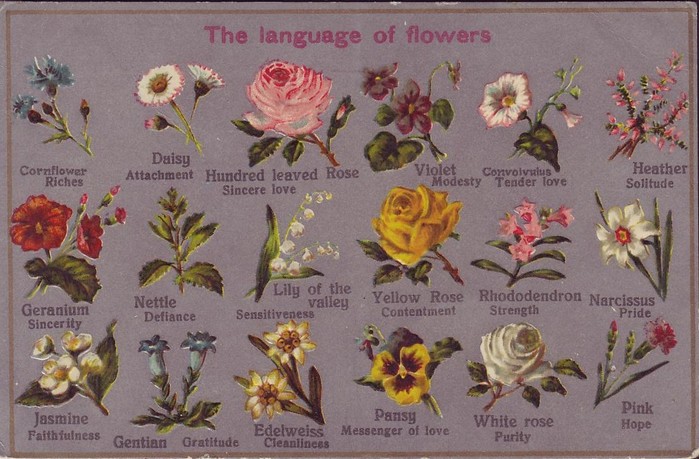

In the Indian state of Uttarakhand, where the Ganga River drops out of the Himalayas and into the valley, a ceremony takes place every evening at sunset. They appear in our most significant rituals and traditions all around the globe: from east to west from ancient civilization to the present day when we hope or pray, love or mourn we do it with flowers in our hands.īut why do flowers play such a significant role in our lives? What mystery do they represent and reveal? And how does our deep connection to flowers show itself? In every season and in every country, the answers to these questions are different. Whether growing wild or in carefully tended gardens, blooming in works of art or written into the pages of great literature, flowers have always surrounded and supported us. In every culture and throughout time, flowers have been central to the human experience.

If they do not speak affection, benevolence and piety. Love them, linger over them and ask your own heart The concept was so widespread that even an 1895 book on Canadian wildflowers gives the symbolic meanings of several plants in this “mystic dialect” of flowers.Clear and intelligible. It is possible that these popular flower vocabularies were mainly a kind of 19th-century “coffee-table book.” But the floral symbolism was popular with writers, poets, artists and jewellers, who used it in their work. It is unclear whether Victorians actually used the language of flowers to create bouquets expressing their feelings. One of the last to appear in English, in 1884, was The Language of Flowers, which contained listings for hundreds of trees, shrubs, herbs and flowers, accompanied by dainty illustrations by the famous artist, Kate Greenaway. To take advantage of this new passion, publishers churned out an endless stream of books with flower “vocabularies.” The most influential was Le langage des fleurs, which first appeared in 1819 in France. Others were assigned more negative meanings, such as anger, contempt or indifference. Most flowers conveyed positive sentiments: friendship, fidelity, devotion, love.

Floriography, or “the language of flowers,” was a popular Victorian fad in which specific meanings were attributed to different plants and flowers.


 0 kommentar(er)
0 kommentar(er)
